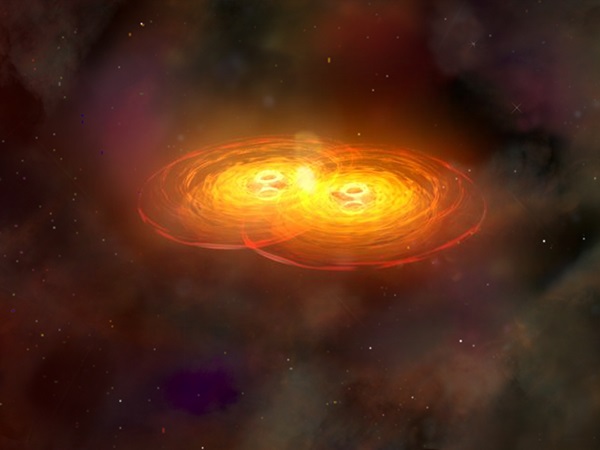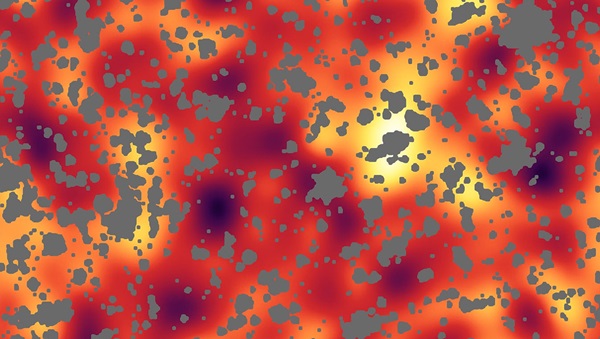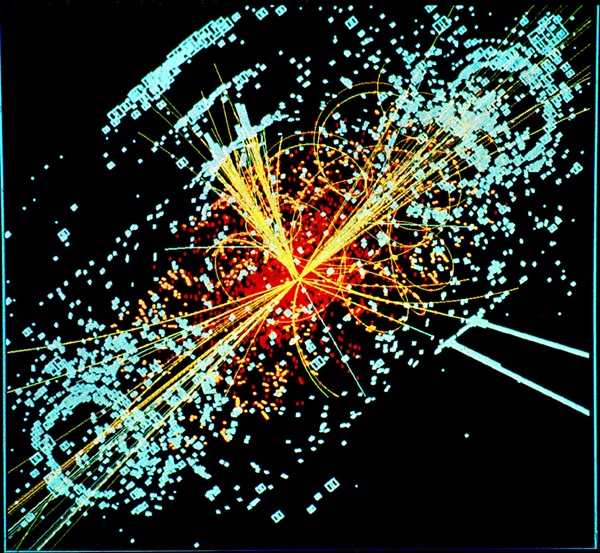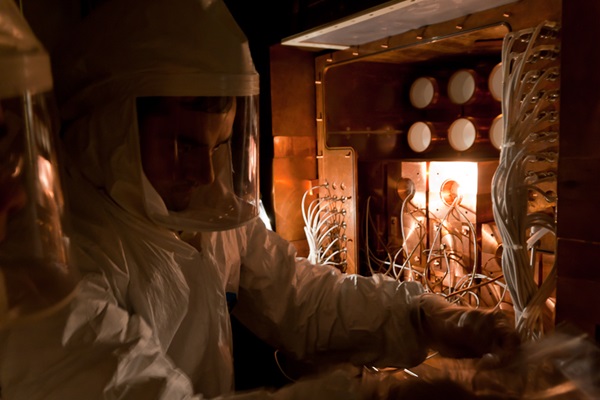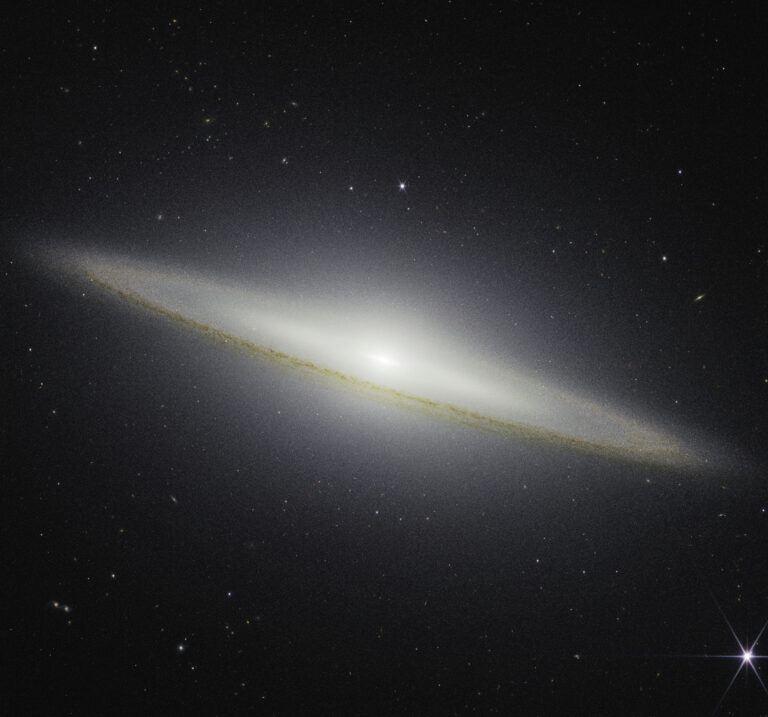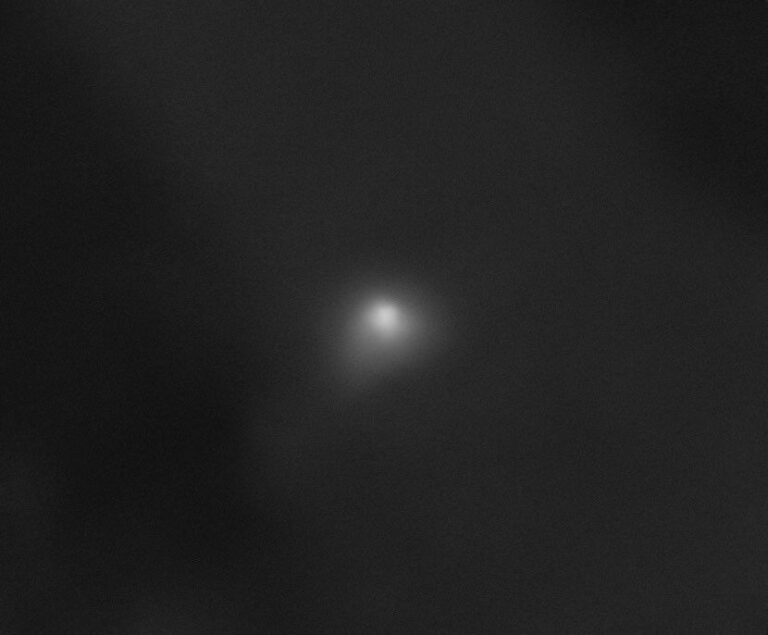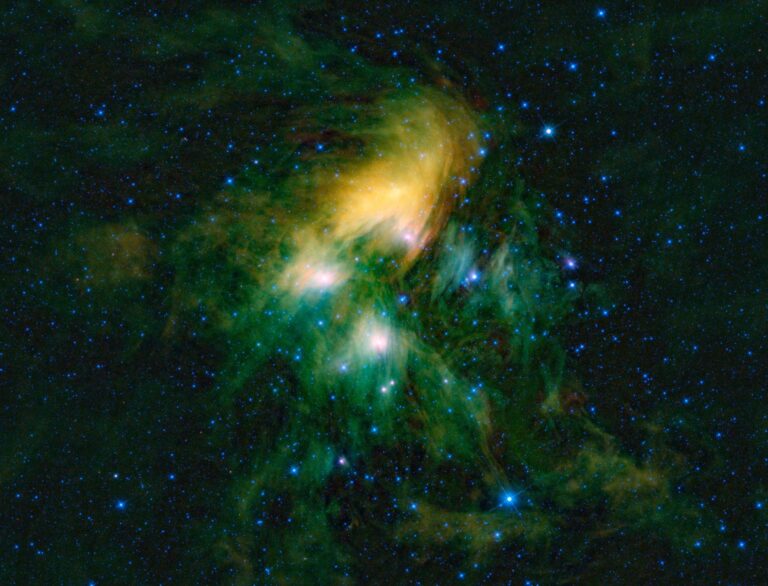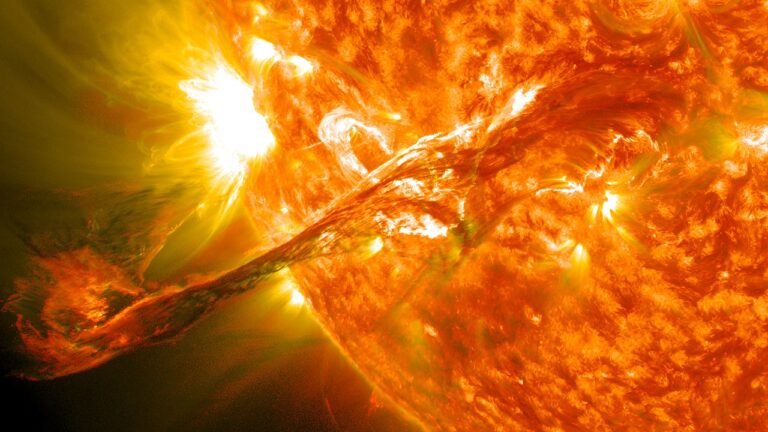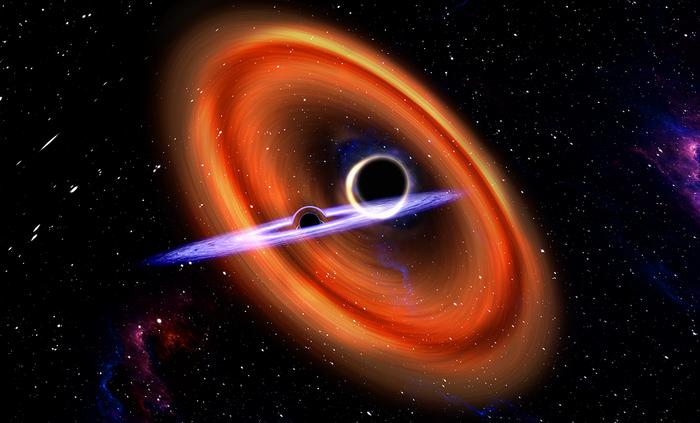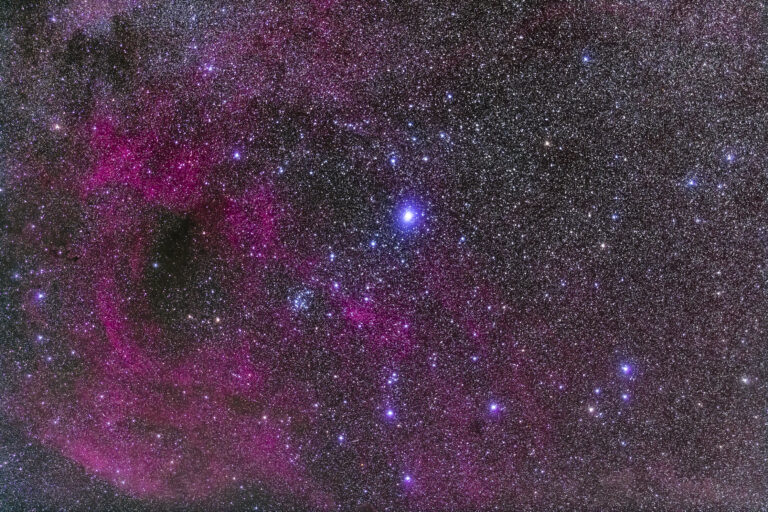Key Takeaways:
Alexander Kashlinsky of NASA’s Goddard Space Flight Center has an idea. It’s a bit of a gamble. But if it’s true, it could be the solution to one of the biggest mysteries of the cosmos: dark matter.
For decades, mass estimates of the universe have had a problem. In order for any model of inflation, the motion of galaxies, and galactic interactions to work, there’s about 27 percent of mass that isn’t accounted for by known stars, galaxies, and other structures in the universe. It’s taken on the name dark matter because it’s something we, thus far, can’t see.
Physicists have searched for so-called WIMPs as the source of dark matter: weakly interacting massive particles, those that seem to pass right through standard matter without interacting, yet still exert gravitational influence. According to Space.com, 35 interactions between dark matter and matter may happen in your body per year, compared to a constant bombardment of photons.
Kashlinsky says WIMPs aren’t necessary. All you need to account for the missing mass associated with dark matter are objects called primordial black holes. Rather than forming from collapsed stars, they formed shortly after the Big Bang through high-energy particle interaction. By Kashlinsky’s estimates, dark matter could be entirely accounted for with 3 trillion solar masses’ worth of black holes.
Except they may be as hard to find as WIMPs, since black holes are almost impossible to detect unless they are actively gobbling up material, heating up a disk of infalling matter and spewing it out in energetic jets.
“There’s no gas there in significant quantities to fall in these black holes at present,” Kashlinsky says. “They would not be easily visible there. Future observations with advanced LIGO are the key. ”
Possible successes
Yet they may already have been detected once. Maybe twice, depending how you look at it. The Laser Interferometer Gravitational-Wave Observatory (LIGO) found gravitational waves via the merger of two primordial black hole candidates, each about 30 solar masses.
These 30-solar-mass black holes — and subsequent merged generations — would have come about in the early universe, created in the mess of expansion in the first few milliseconds after the Big Bang, in an exotic process called quark hadron phase transition. This effect can only happen in very dense areas, such as at the center of a pulsar. In the early universe, just milliseconds old, matter was dense enough to already break holes in expanding space-time.
But now, they’re sleeping giants, having cleared out most of their nearby matter. One part of Kashlinsky’s paper addresses how researchers might find evidence of them: odd discrepancies in the cosmic infrared background. This creates what’s called soft X-ray excess, which create halos of x-ray light in the cosmic infrared background. Kashlinsky believes these could only be caused by black holes.
“There are some difficulties in assigning the theory of the first halos without primordial black holes,” he says, remarking that it couldn’t be a star scenario, because, “it doesn’t have the power to have these halos.”
But did LIGO detect black holes?
There’s a slight problem: It’s not 100 percent certain that the merger in the GW150914 event that LIGO detected were caused by primordial black holes.
Lionel London, a professor of physics at Cardiff University and a research associate with LIGO, says in an email that it is just as likely that GW150914 was caused by more traditional black holes formed by the first generation of massive, low-metallicity stars exploding at the end of their short lives. He says that with more LIGO detections, “the work presented by Kashlinsky may be either bolstered or ruled out.”
Others in the physics community are urging similar caution.
“I think the paper is pursuing an interesting idea, which is to understand how LIGO’s results affect the theory that primordial black holes constitute the dark matter,” says Chanda Prescod-Weinstein, a dark matter expert and professor of physics at the University of Washington. “It is certainly the case that one reason primordial black holes were not a popular dark matter candidate is because we hadn’t observed many of the scale that LIGO detected. Rumors suggest LIGO is regularly finding candidates in this range, which could indicate that they are common.”
For now, she calls the theory a “very interesting line of reasoning that should indeed be thought carefully through.”
For Kashlinsky, it’s all or nothing: All the dark matter is primordial black holes or none of it is. But he says he feels bolstered by the LIGO results.
Not everyone is buying it.
“It’s very speculative,” Priyamvada Natarajan, a professor of astronomy and physics at Yale University who researches dark matter. “I don’t believe in it at all, but it’s an interesting idea to pursue.”
Natarajan’s research also focuses on the early population black holes, particularly direct collapse models (those formed from clouds of gas and not the end states of stars). She believes that they could be the culprits behind soft X-ray excess, removing one of Kashlinsky’s required assertions for his theory.
And indeed, members of this direct collapse class of black holes may have been spotted. There are candidates derived by combining observations from the Chandra X-ray Observatory, Hubble Space Telescope, and the Spitzer Telescope.The entire theory rests, Natarajan says, on the soft X-ray excess coming from primordial black holes — those that formed very early in the universe even prior to the direct collapse black holes . Otherwise it falls apart.
Natarajan still believes dark matter is a particle, and she leans toward a single class of particles called neutralinos. They are a bit different from other forms of hypothetical dark matter called axions, with neutralinos predicted by “supersymmetry” as a particle related to z-bosons, photons, and the Higgs boson, all known and detected. Supersymmetry is a theoretical part of physics dealing with particles of similar ilk but different spins.
“It interacts very, very weakly with itself, and with other particles,” she says.
Still, there is that nagging problem with the particle theory of dark matter.
“We haven’t detected the particle yet, which is the conundrum, which is why the field is open for speculation,” Natarajan says. She points to promising — but not yet replicated — results from an Italian agency called DAMA. It found a weak detection of dark matter passing through a sodium iodide filter, but four follow-up experiments generated null results.
Scientists need more experiments to try to replicate the results. After all, if it exists, dark matter barely interacts, so it could be two or three years, or, like gravitational waves, it could be a decades-long endeavor of waiting for the right detector technology.
How to settle the score
There’s also the possibility that there are multiple forms of dark matter. But both Natarajan and Kashlinsky dismiss this possibility.
“The argument has been made whether we need more than one kind of dark matter,” Natarajan says. “The simplest version is to have one particle.”
In this, Kashlinsky agrees.
“If you use Occam’s Razor argument, it would be so much easier to explain with just one type of dark matter,” he says. Of course, for him, that type is primordial black holes.
“There are a lot of searches and none of them identified anything, and space that is remaining for elementary particles is not very large at this point,” he says.
Prescod-Weinstein also says that two NASA missions may shed a light on primordial black holes.
“At a much smaller mass scale, we are using Kepler to set limits on very small primordial black holes, which means that if they do make up the dark matter, they have to be in this somewhat larger mass regime,” she says. “It seems that the next logical step will be to see whether the results in this paper hold up against structure formation models. Data from James Webb Space Telescope will shed some light on these halo number questions.”
For now, there’s simply a hunt on for either. LIGO may detect more primordial black holes and bolster Kashlinsky’s claim. DAMA may find a promising dark matter particle. Many physicists are, for now, taking a wait-and-see approach.

